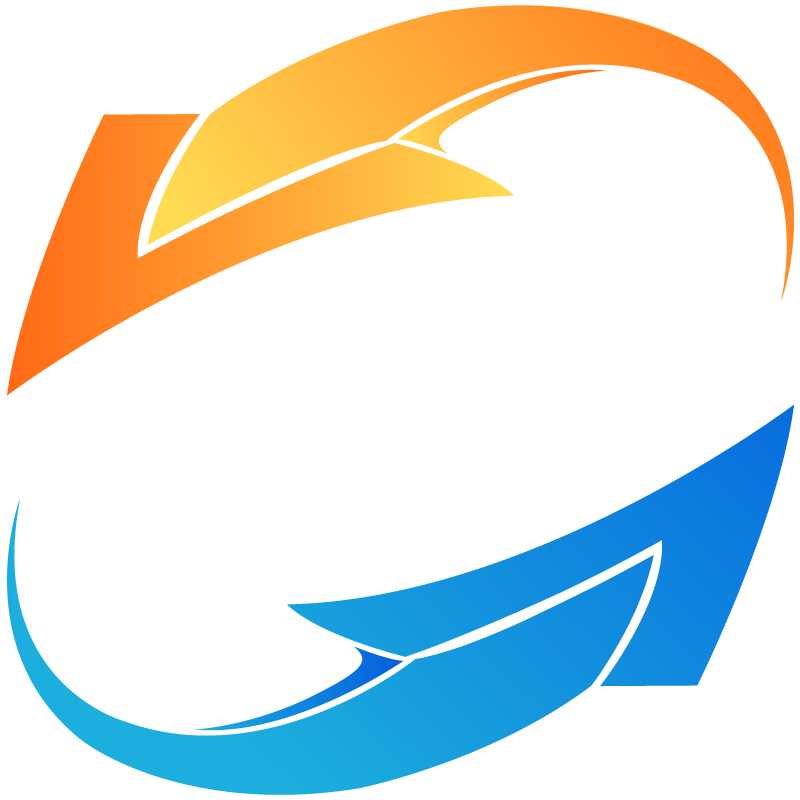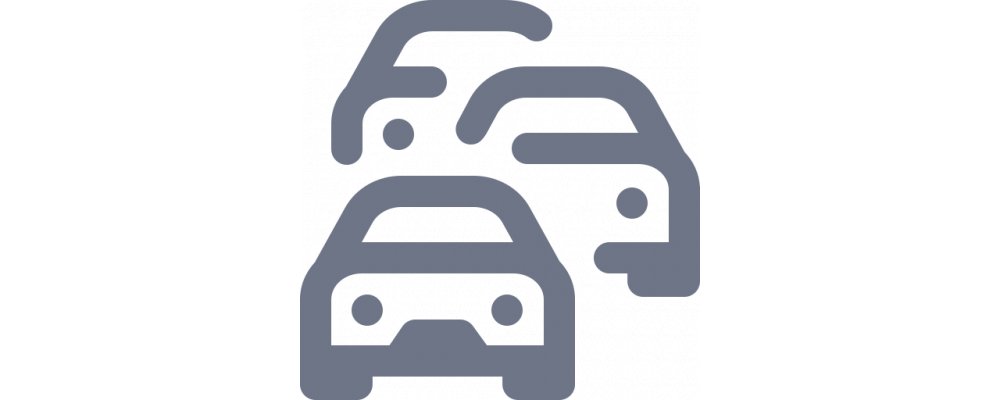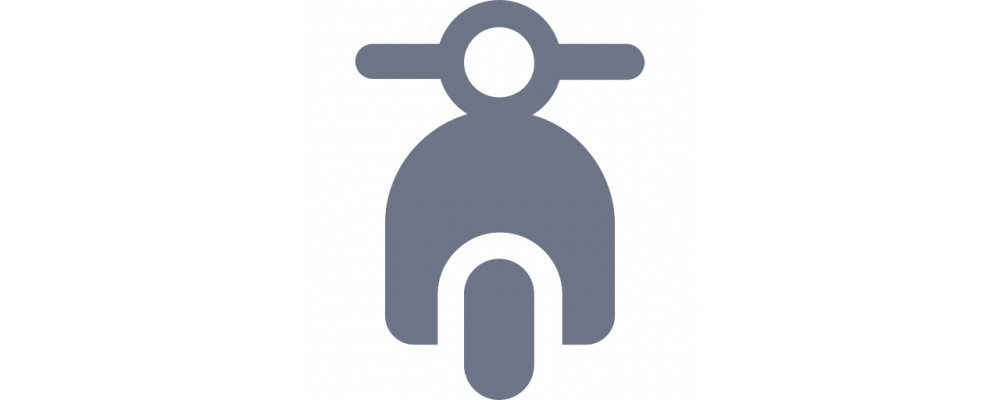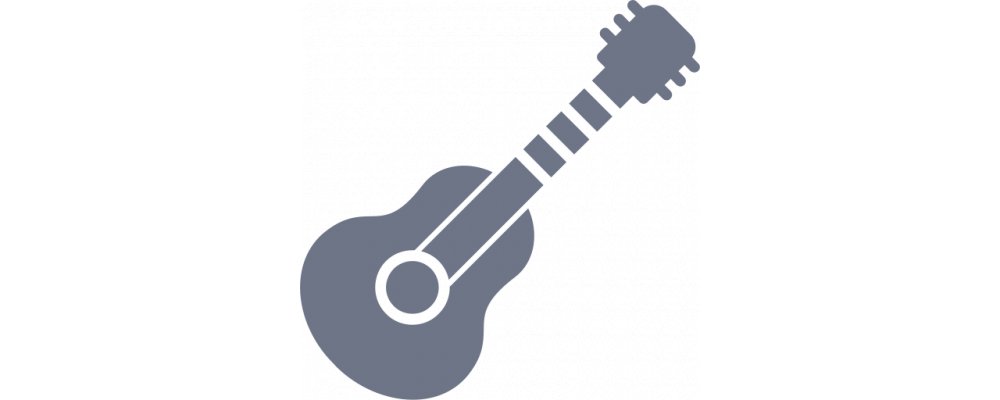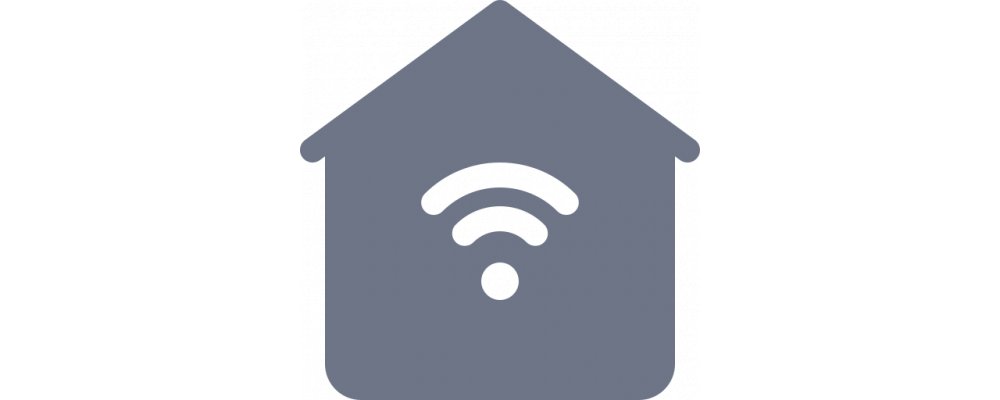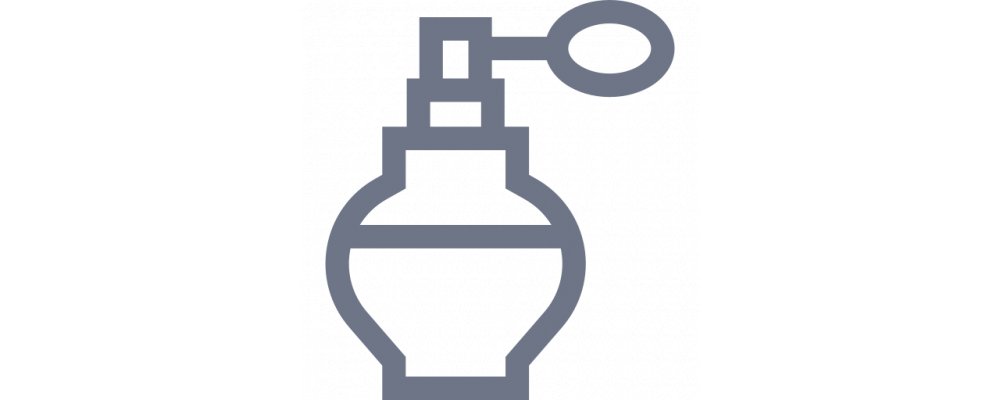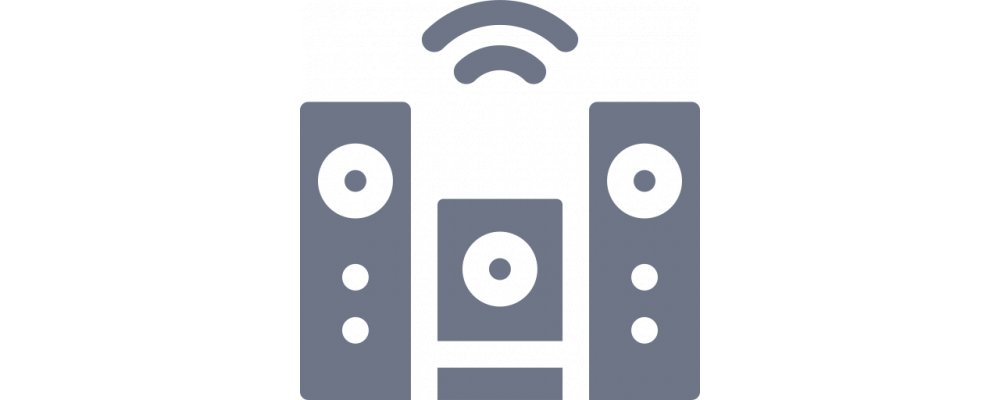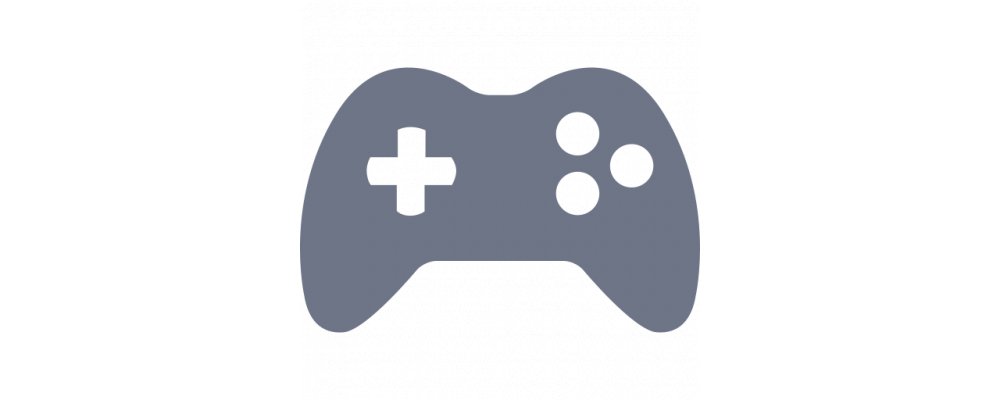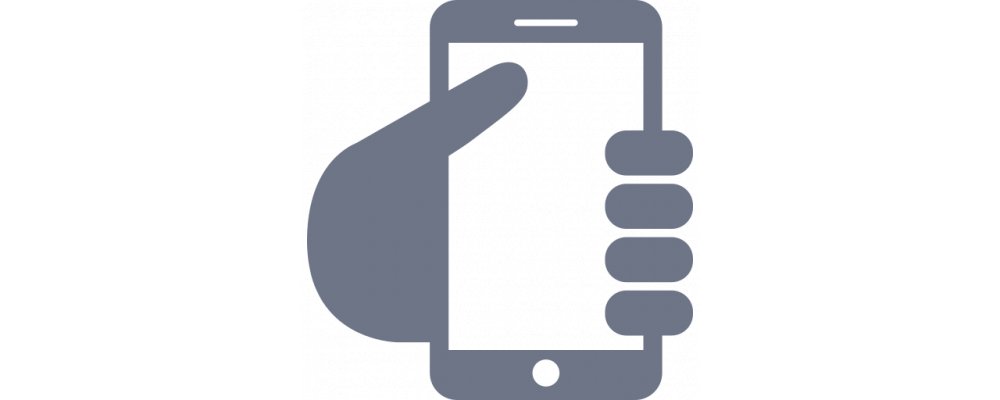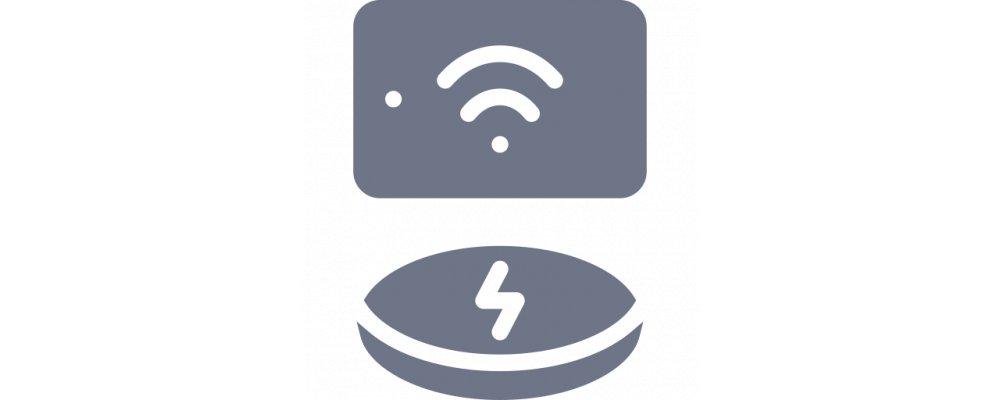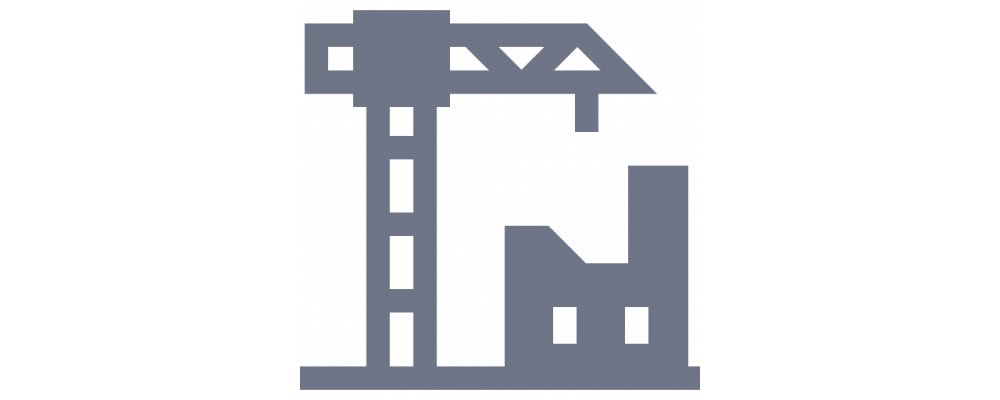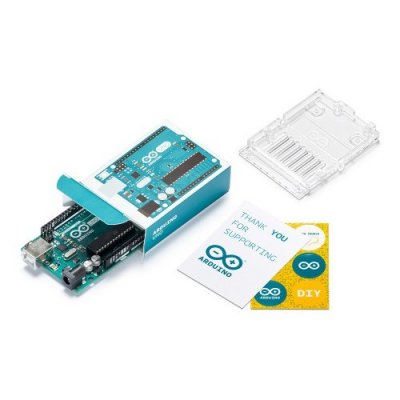Arduino uno r3 board
The "heart" of the Arduino Uno – ATmega328 has on board 32KB of program memory and 2KB of RAM, as well as 1KB of power–independent data memory - this distinguishes Arduino UNO from boards of previous versions, like Duemilanove and Diecimila, which were based on a controller with half the amount of memory.
The processor clock frequency is 16 MHz, remained unchanged and is standard for almost all Arduino boards. The wiring of the R3 version of the board received additional I2C interface pins, which allow you to connect as many as 2 devices to this interface instead of 1 (we remind you – a maximum of 127 devices).
The board has a built–in voltage converter with all the necessary wiring – this allows you to power the Arduino from a voltage exceeding 5V – specifically, from 7V to 12V (maximum - up to 20V, but values above 12V are highly not recommended).
External unstabilized power supply is connected using the Jack input or to the Arduino Vin and GND pins. If you use external power together with USB power, the specialized circuit will automatically switch the power to an external source.
The main circuit difference of the new revision board is the installation of a specialized microcontroller with a USB interface (ATmega8U2/16U2), which acts as a USB-UART converter. Previously, the FT232 chip, which was flashed once at the production stage, was used for this purpose; now it is possible to change the firmware of the converter controller, which will turn the Arduino into any USB device, starting with a keyboard and ending with a removable drive!
To flash the microcontroller, you can use both the built-in USB bootloader that works with the Flip program, and the method of in-circuit programming via the ICSP connector. Please note – after changing the converter firmware, it will not be possible to pour sketches into the main Arduino MC until the reverse flashing!
The changes also affected the software part – along with the release of the third revision of the board, the developers have prepared a new optimized loader for the main Arduino MK – optiboot! Now the loader takes up only 512 bytes of program memory, has an increased fill speed and correctly handles the appeal to watchdog!
The board can be used in a wide range of tasks, and the expansion of USB connectivity allows it to be used in projects such as bruteforsers, additional keyboards, game manipulators, and others.
The kit includes an Arduino UNO R3 board with an ATmega328 microcontroller installed, which is stitched with an Optiboot bootloader.
No reviews found
